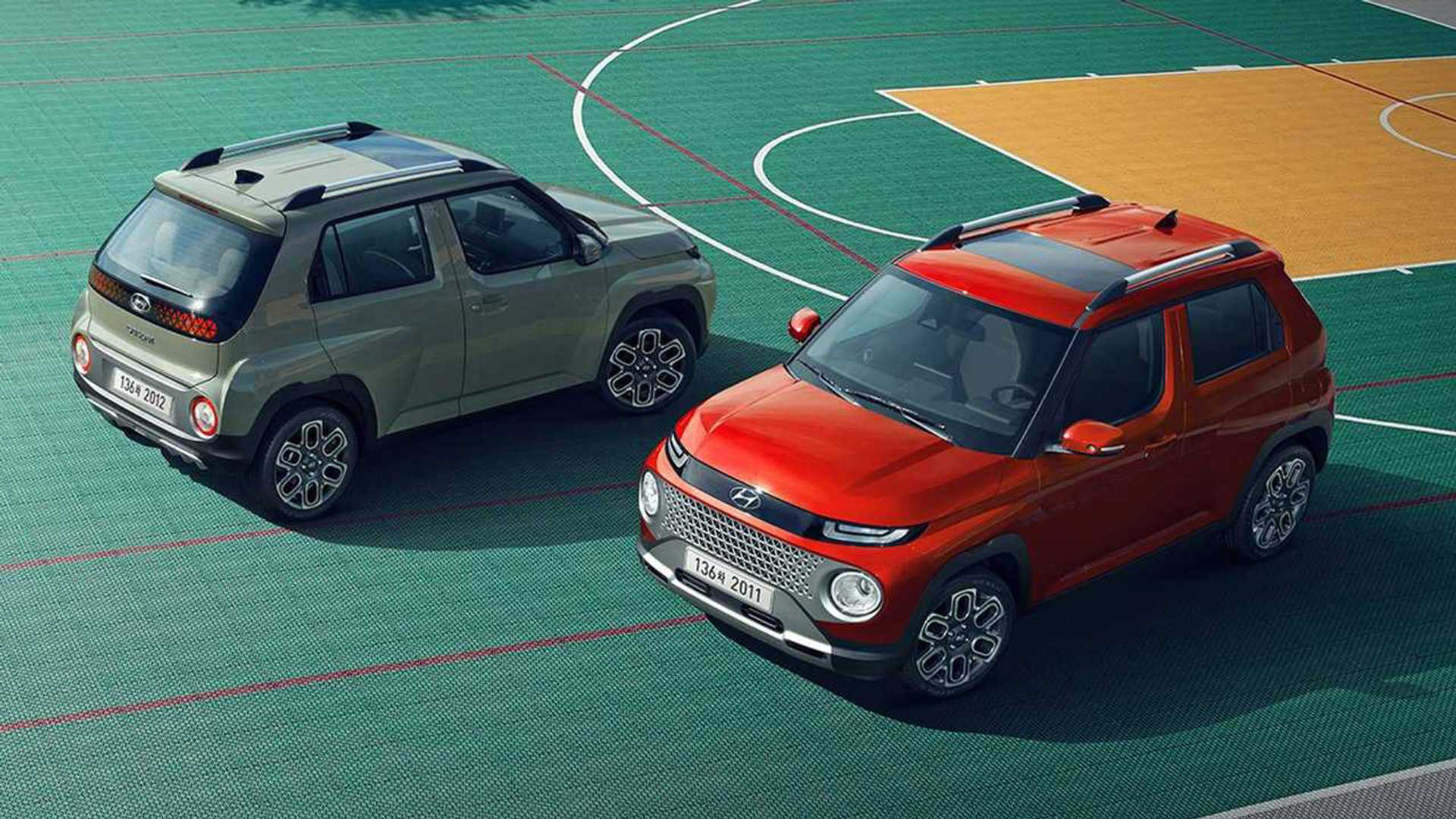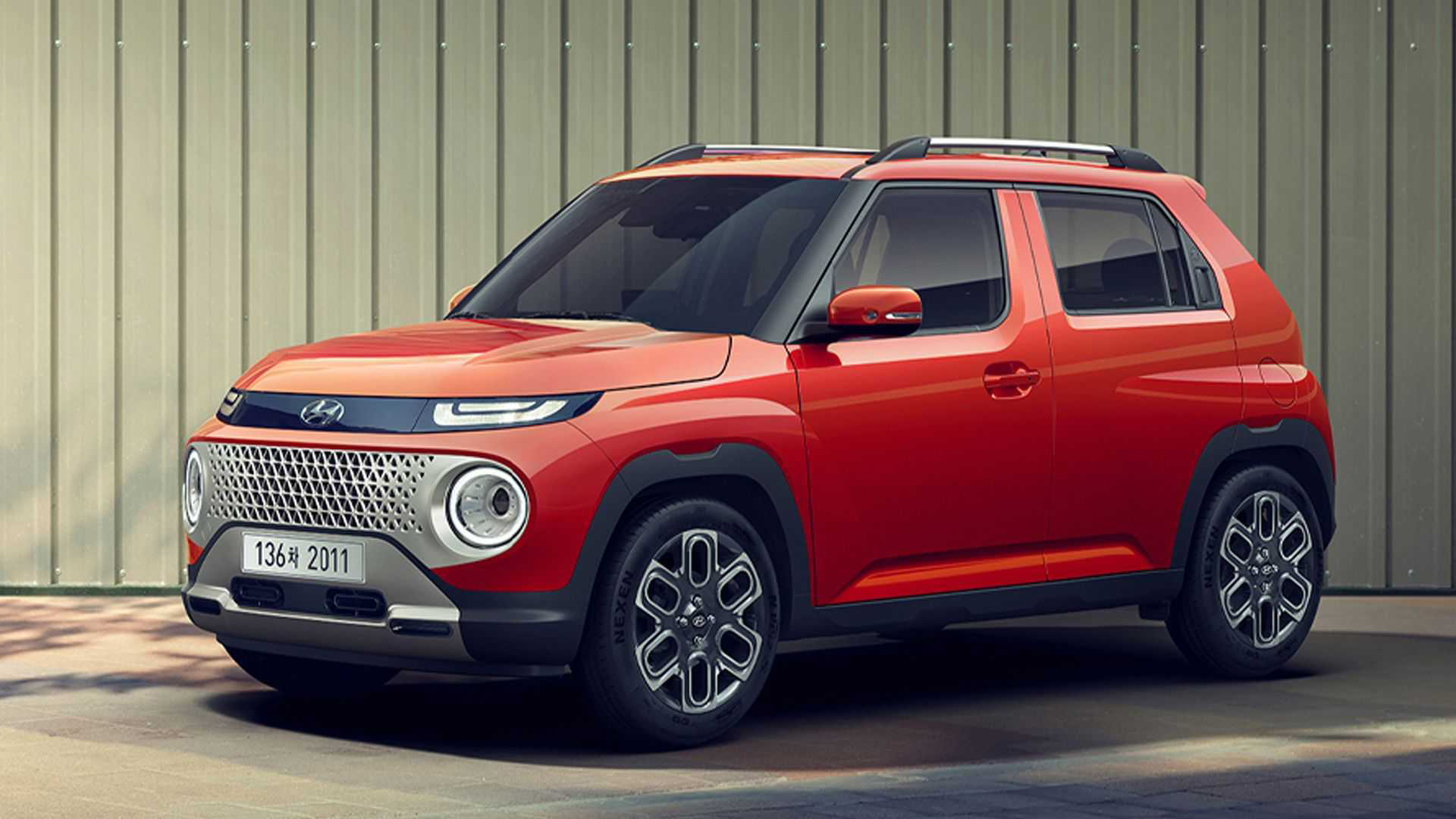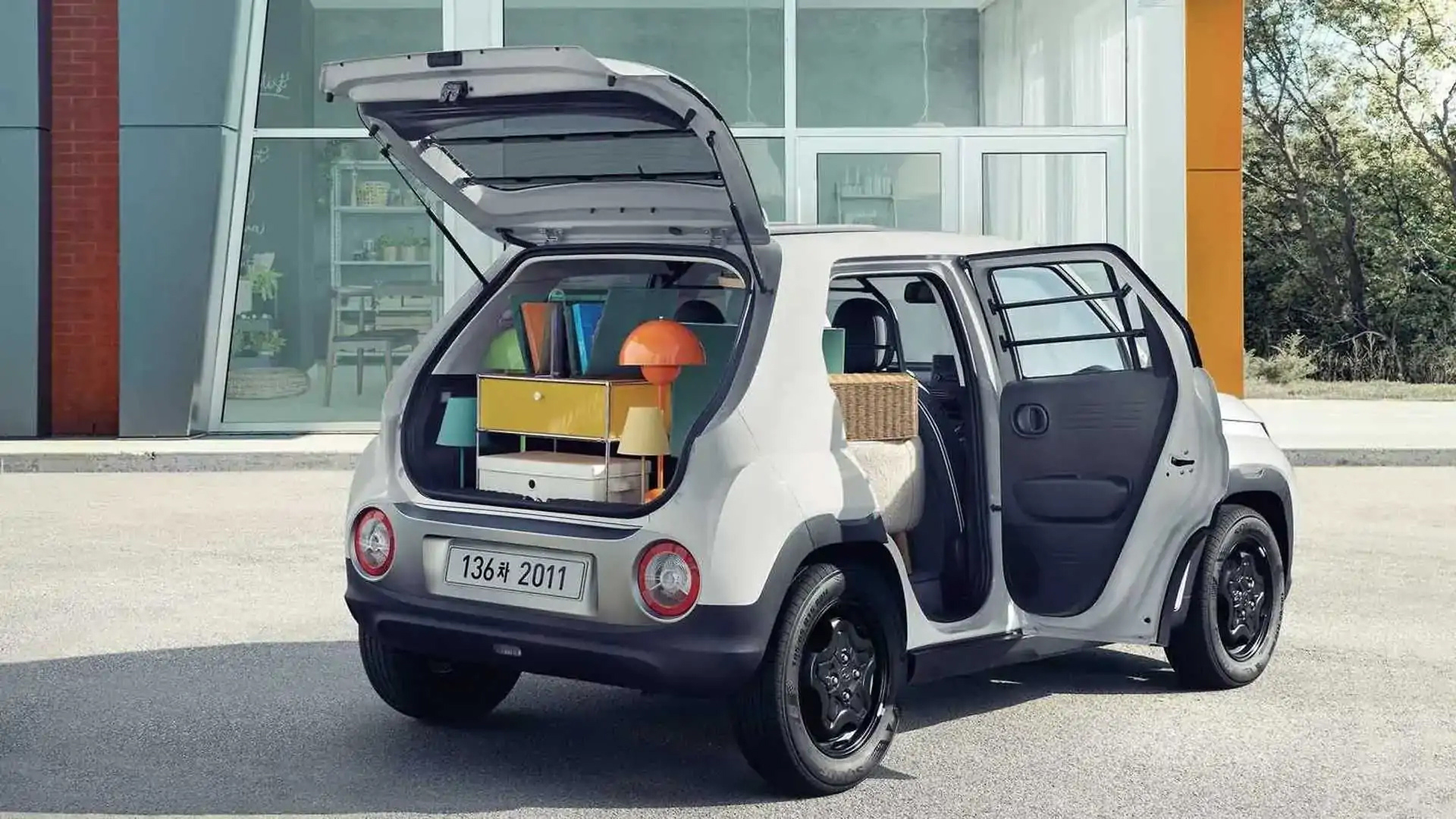
The Hyundai Casper, a cute and cuddly city car from South Korea, looks destined for European shores after being spotted undergoing winter testing in Scandinavia.
Although it likely won't come with an internal combustion engine (as it does in South Korea, see images above), it is hotly tipped to feature an all-electric powertrain that's likely to kickstart an all-out battle for dominance in the small and affordable EV market.
According to French magazine Auto Moto (via AutoCar) head of Hyundai France, Lionel French Keogh, confirmed that Casper would go on sale in Europe in 2024, but also backed up the fact that it won't feature a small petrol engine. The latter is something that Hyundai has vehemently stood by since Western journalists took interest in the diminutive runaround when it launched in 2021.
Auto Moto also stated that Casper is set to offer more power than a Dacia Spring, which is on sale in Europe for €15,800 but is also set to arrive in the UK this year sporting an £18,000 (around $22,500 / AUS$35,000) price tag. Hyundai is targeting a price below €20,000, or around £17,000 (about $21,500 / AUS$33,150) where Casper is concerned.
Although there is still a lot of speculation surrounding what will power Hyundai's smallest electric car, many industry insiders believe that sister company Kia has the answer, as it already produces the similarly-sized Ray EV in South Korea.
The adorably boxy electric city car offers a range of around 127-miles on a single charge and a max power output of 86bhp, which coincides with Lionel French Keogh’s comments on it having more power than the aforementioned Dacia.
Above all, Hyundai's petrol-powered Casper has proven a big hit in its domestic market, thanks to oodles of practical touches and the cheap cost of ownership. There's even a commercial vehicle version, which loses the rear seats to allow small businesses to safely and easily transport goods.
Good things come in small packages

One of the biggest complaints about today's EVs surrounds the eye-watering prices, rapidly followed by mutterings of just how massive and heavy they are. Not everyone needs a gargantuan SUV to cruise around an urban setting and the market is crying out for cheaper electric city cars to fill the void.
But like buses, you wait for one to come a long and it looks like an entire fleet is going to be unveiled later this year and into early 2025.
News that Hyundai is busy testing the Casper in Scandinavia (hinting that it could be be completing the homologation process for Europe) follows the announcement that Citroen's new e-C3, which will cost €23,300 (about £20,000 /$24,700 /$38,000) and offer 124-miles of electric range, is also set to arrive imminently.
What’s more, Volkswagen’s ID.2all concept, which was unveiled last year, suggests that we can expect a €25,000 (about £21,500 / $27,000 / AUS$41,500) production version in 2025, boasting a mammoth 279-mile electric range for the money.
Similarly, Renault’s hotly-anticipated Renault 5 EV is set for its proper unveil at the Geneva motor show later this month. Again, it is expected to start from €25,000 (around £21,500 / $27,000 / AUS$41,500) in Europe.
Throw into the mix the fact a new electric Mini Cooper, a Peugeot e-208 and even Tesla’s budget compact car are all rumoured to go on sale between now and late 2025, and it appears that the next highly competitive EV market is going to involve those cars costing €30,000 (in the region of £25,700 / $32,000 / $AUS50,000) or less, which in Europe at least, is serious business.
Leading the charge

This lower sticker price removes an obvious barrier to entry for many buyers, meaning that if the electric range is sufficient enough to tempt them out of petrol and diesel cars, we could see EV adoption at a much greater rate than we have witnessed before in Europe.
This is clearly good news for a reduction in local CO2 emissions (and wider environmental issues, depending on your EV standpoint), but not such good news for the public charging network, which will likely have to improve at a much faster rate to keep up with demand.







